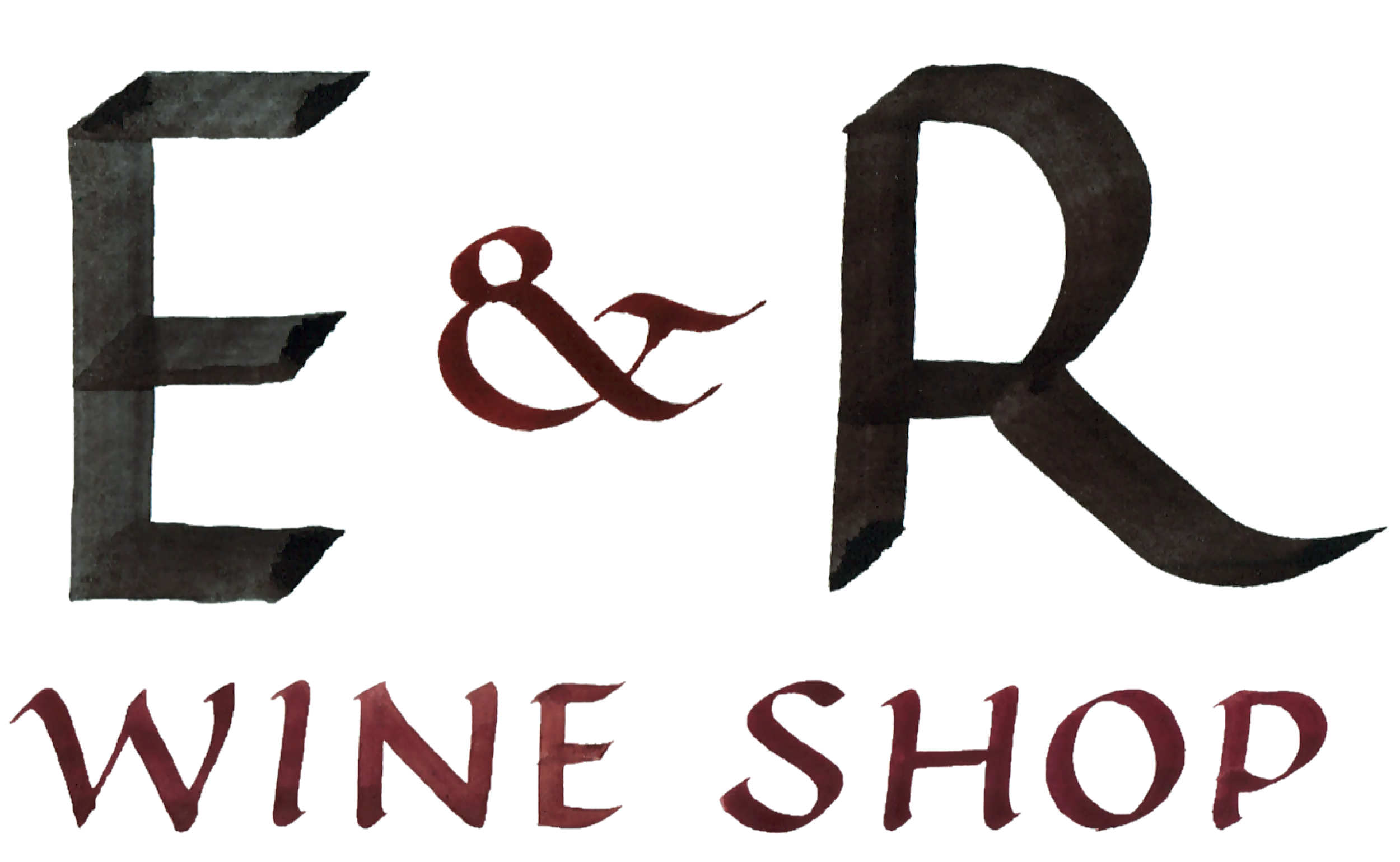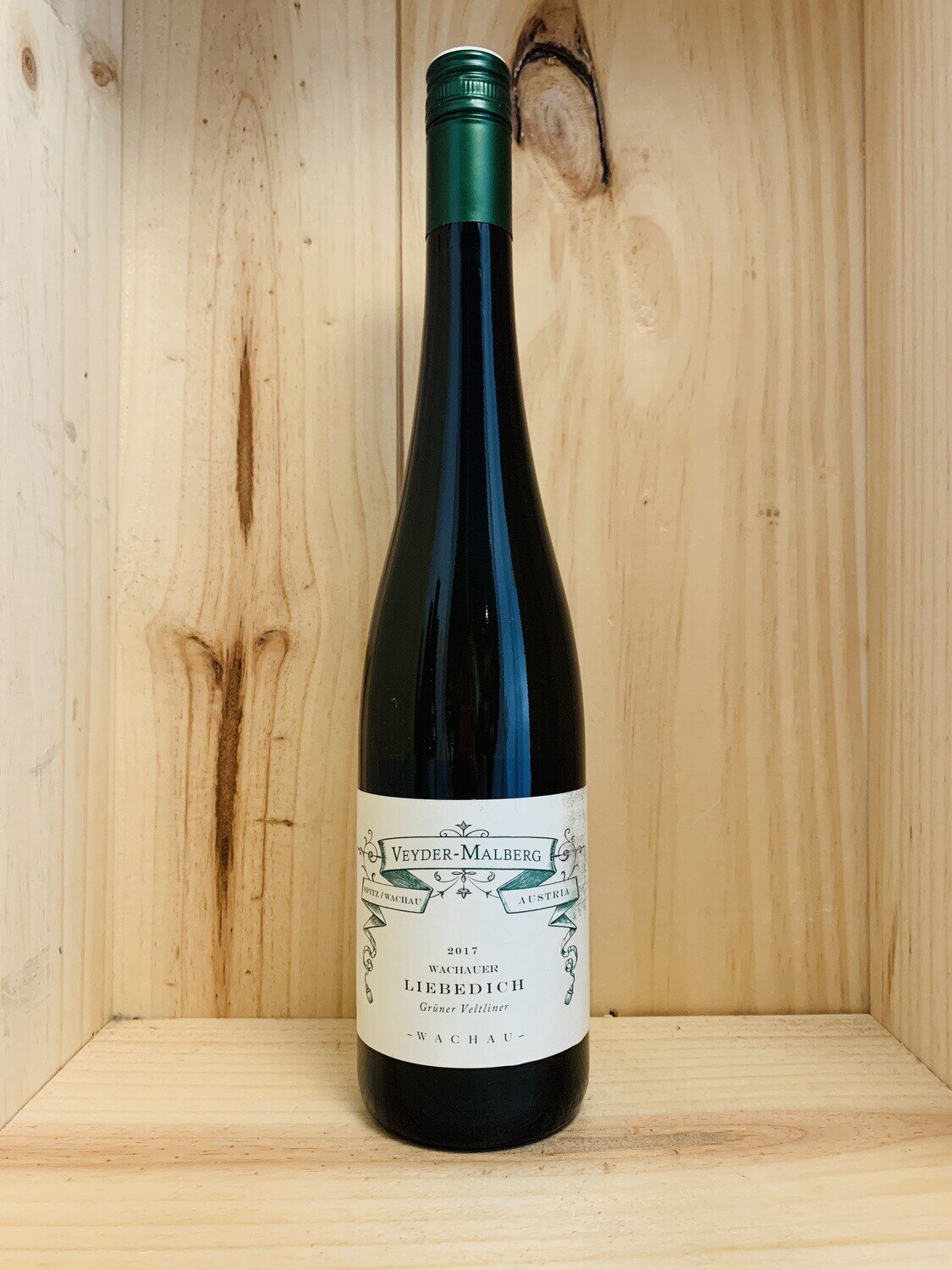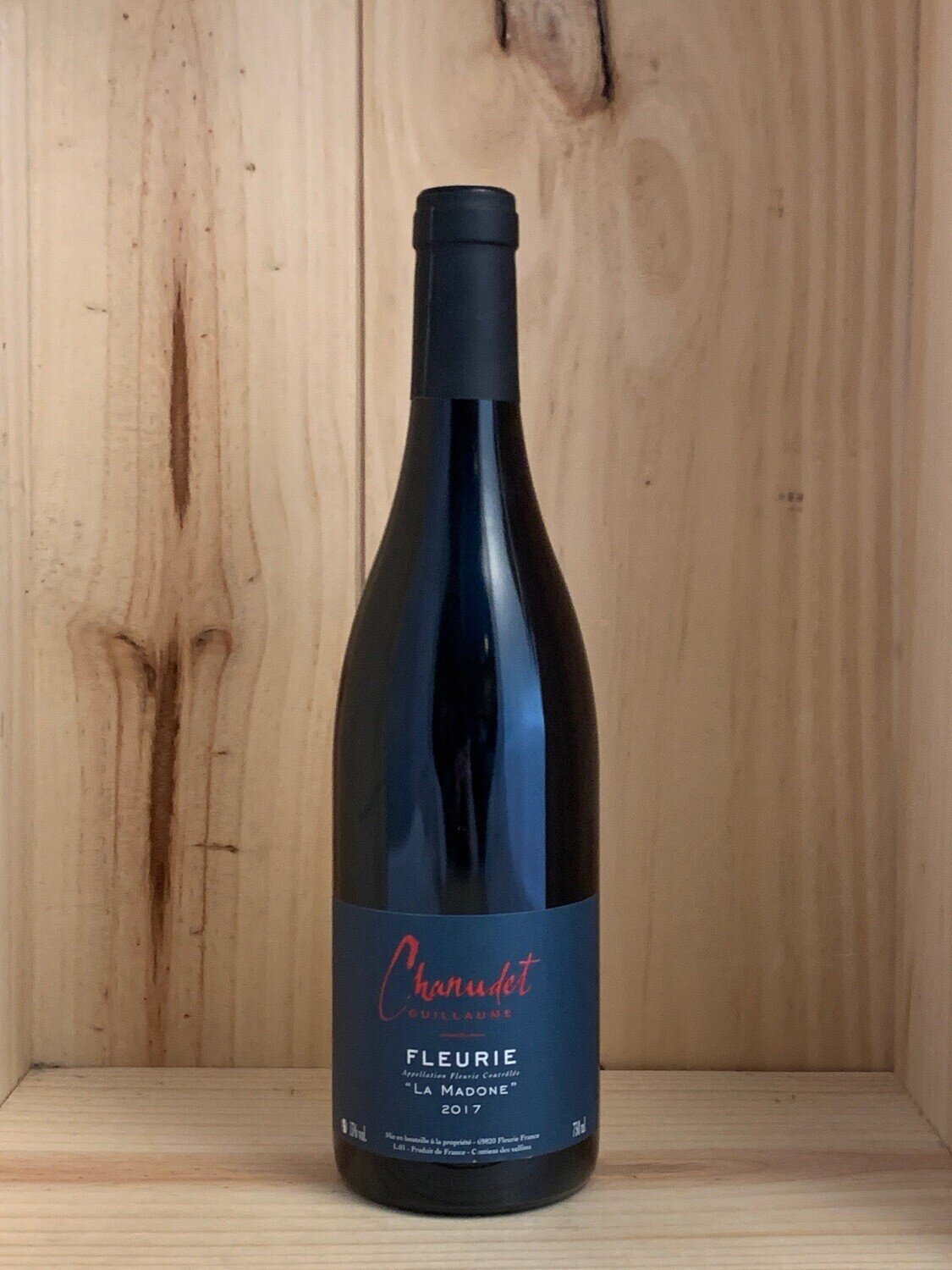WINE MINUS Ø: Venerated
L to R: Steven & Kris of Analemma Wines, Guillame Chanudet, Peter Veyder-Malberg [photo from The Source Imports], and Jean Foillard [photo from Kermit Lynch]
Many great wine traditions aim to express terroir. The concept that at one time applied only to the greatest sites in France has now become part of common winespeak in every winegrowing region and every winedrinking home around the world. And for good reason. Much allure is born of variations in growing conditions: topography, soil, climate and the like.
Natural wine proposes that the most effective way to transmute honest terroir into a bottle of wine is to foster a naturally balanced vineyard environment, maintain fastidious cellar practices and then back off - minimize the sprays, the chemical adjustments, the technical manipulations - the human intervention aspect of an ancient human and the relatively ‘natural’ process of fermentation.
But the reality is that some human effort is necessary to make wine. Even 8,000 years ago, when wild vines wound up trees in Transcaucasia, community members came together to harvest and crush the grapes. In modernity, it often begins with selecting a specific variety or varieties and planting them on a piece of ground, perhaps fertilizing, watering, trellising, and controlling weeds. While some modern winegrowers are exploring fermentations of foraged fruit, like Hiyu’s juicy “La Espina” of wild grapes, elderberries, blackberries, pears, plums, rose hips, and hawthorn, in general, most wines still come from carefully laid out, well-tended vineyards.
This is why sometimes when people talk about terroir, they expand the definition to include the human element. The people behind a wine are, in some estimations, a factor in the natural environment as experienced by a grapevine. In this month’s Wine Minus Ø, we acknowledge the human element of natural wines and call out some venerated natural producers: Jean Foillard and Peter Veyder-Malberg - as well as a few natural producers who we are excited to watch for years to come: Steven & Kris of Analemma Wines and Guillaume Chanudet, Bojo star on the rise.
We love wine itself, with its nuance and energy, yes, but we also draw inspiration from the people who commit to teasing out terroir with integrity and heart. Here are a few pieces of a few of their stories.
MIDNIGHT CORRESPONDENCE JUNE 2021
Jean Foillard Fleurie 2018
Wine Type: Red
Country: France
Region: Beaujolais
Grape Variety: Gamay
Producer: Jean Foillard
One of Lynch’s "Gang of Four,” Jean Foillard was an early student of Jules Chauvet. He took over his family domaine in 1980 and alongside a select few other producers, committed to tending his fourteen hectares of old vines without herbicides or pesticides, refusing the then common practices of chaptalization and aggressive filtration. While remaining discrete in a distinctly Bojo way, he is now regarded as one of the godfathers of natural wine.
Veyder Malberg Liebedich Gruner Veltliner 2017
Wine Type: White
Country: Austria
Region: Wachau
Grape Variety: Gruner Veltliner
Producer: Veyder Malberg
From Peter Veyder-Malberg on his site:” Most of the terraces can only be cultivated by hand without tractors. This is very costly and labour-intensive. The grapes produced in this way are accordingly valuable. Therefore it only makes sense to strive for the highest possible quality of grapes. For me this also means to preserve the character of the respective terroir. The basis for this is the certified organic cultivation of the vineyards. I am also convinced that only a timely, not too late harvest of the physiologically ripe grapes can preserve the unique character of the variety and the vineyard and result in elegant, palatable, balanced wines. Although grapes harvested too late can produce impressive wines, the finesse and clarity of terroir and variety often suffers as a result.
My harvest decisions are not determined by the sugar levels of the grapes but by their actual physiological ripeness and the pH of the must. Therefore, the alcohol levels of the wines can vary greatly from year to year.
The focus on the pH-value also allows a vinification without enzymes, pure yeasts, fining and other interventions that would disguise the origin of the wine.”
SKINNY DIP JUNE 2021
Analemma Rose of Mencia 2019
Made from the same plot of Mencia as the red, the Rosé emerged as an experiment with making Mencia — direct pressed and barrel fermented ended up being the best way. Juicy, like a strawberry infusion, but has a serious side. Shows a more subtle side of the soil and wind than the red. Should you not drink the whole bottle in one evening, the opened bottle continues to shake cardamom and cumin spices over the fruit profile of the wine as it breathes.
E&R’s Laura Bartram recently wrote a beautiful piece on a visit with Steven at Analemma. Click here to read more.
Guillaume Chanudet Fleurie La Madone 2017
It doesn't matter that these days this could be a $35 - $40 bottle, and via some Importer circles it would be more celebrated and sought after: that is just the way it is. Happily in this case, we'd put Guillaume's new Fleurie in the mix with any of those "spendier" and more well known bottles, and it will more times than not, not only compete in class and complexity, it will surpass. This 100% Gamay La Madone is firm and balanced with a pretty nose that is delicate at the same time it is intense and serious. Each swirl and sip will uncover more and greater scents and layers. It is wine, yes, but look and listen, sniff and taste: it is a little miracle. And so is the price; crazy.

![L to R: Steven & Kris of Analemma Wines, Guillame Chanudet, Peter Veyder-Malberg [photo from The Source Imports], and Jean Foillard [photo from Kermit Lynch]](https://images.squarespace-cdn.com/content/v1/5c9c21a8a56827a04d8e3db2/1623438013697-TIS9ROMDU7JELT3M9HVX/Venerated_Natural.jpg)



